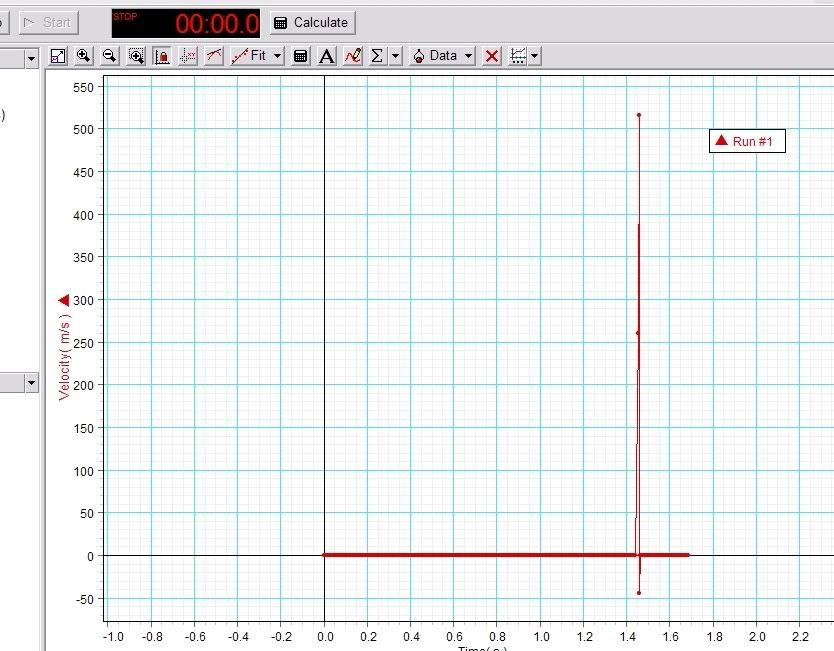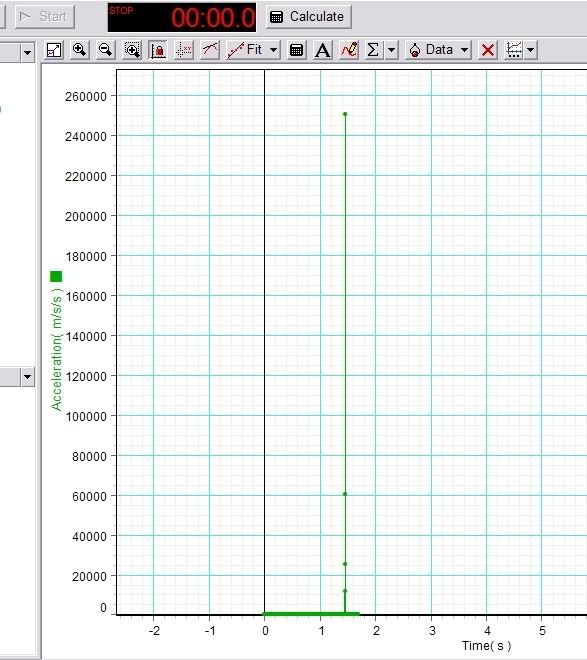Posted: Tue Feb 05, 2008 7:03 pm
I never said that. What I said was, and if you look at the order I of what I originally said (which I can't have changed, because _Fnord has quoted it, and I can't fiddle with his post) - There is no problem with being from a country that isn't the US, a lot of members aren't either, me included - and the reason I had suspected he wasn't was that he had used metric units.POLAND_SPUD wrote:rag what is wrong with using metric units?
Don't get me wrong, I would never use anything but metric units for a proper calculation, and I would normally if I needed to, I would sooner convert to metric, then convert back again when I was done. There are no real errors from doing that, I know all of my metric to imperial figures more than accurately enough.
1" = 2.54cm (exactly)
1 lb = 0.45359237 kg (exactly)
1 ft lb = 1.3558179483314004 J (exactly, but usually 1.3558 is more than good enough)
14.5 psi = 1 bar (More than accurate enough)
Imperial is fine for a rough estimate. I do tend to think "well, it's about 10 inches across/long/wide" (the important word being about), rather than "25 centimetres".
But for accurate work, a system of 12 inches to the foot, and so on and so forth isn't half as good as a decimal system, and I can't really understand why it remains popular.
Basically Imperial is what my mind does when it's doing rough estimates, metric is what it does for proper maths. And the thing is, the Imperial system is still commonly known as English units, despite the fact that it's used a lot less in England these days.
I can only really think that it's commonly used in pubs (pints of beer), street markets (pound of bananas, although the EU says it should be done in kilos now) and speed limits (and I suppose fuel consumption, which is a little annoying, as fuel is bought in litres so you have to convert to gallons first).
There aren't many cases of something still being marked in Imperial. It might still be a round Imperial weight (for example, many tins are 454g, essentially one pound), but it's marked in metric.
It's the US that uses it more these days really. It's outdated, and I don't suppose it can ever fully die, but it is a bit of a nuisance.

